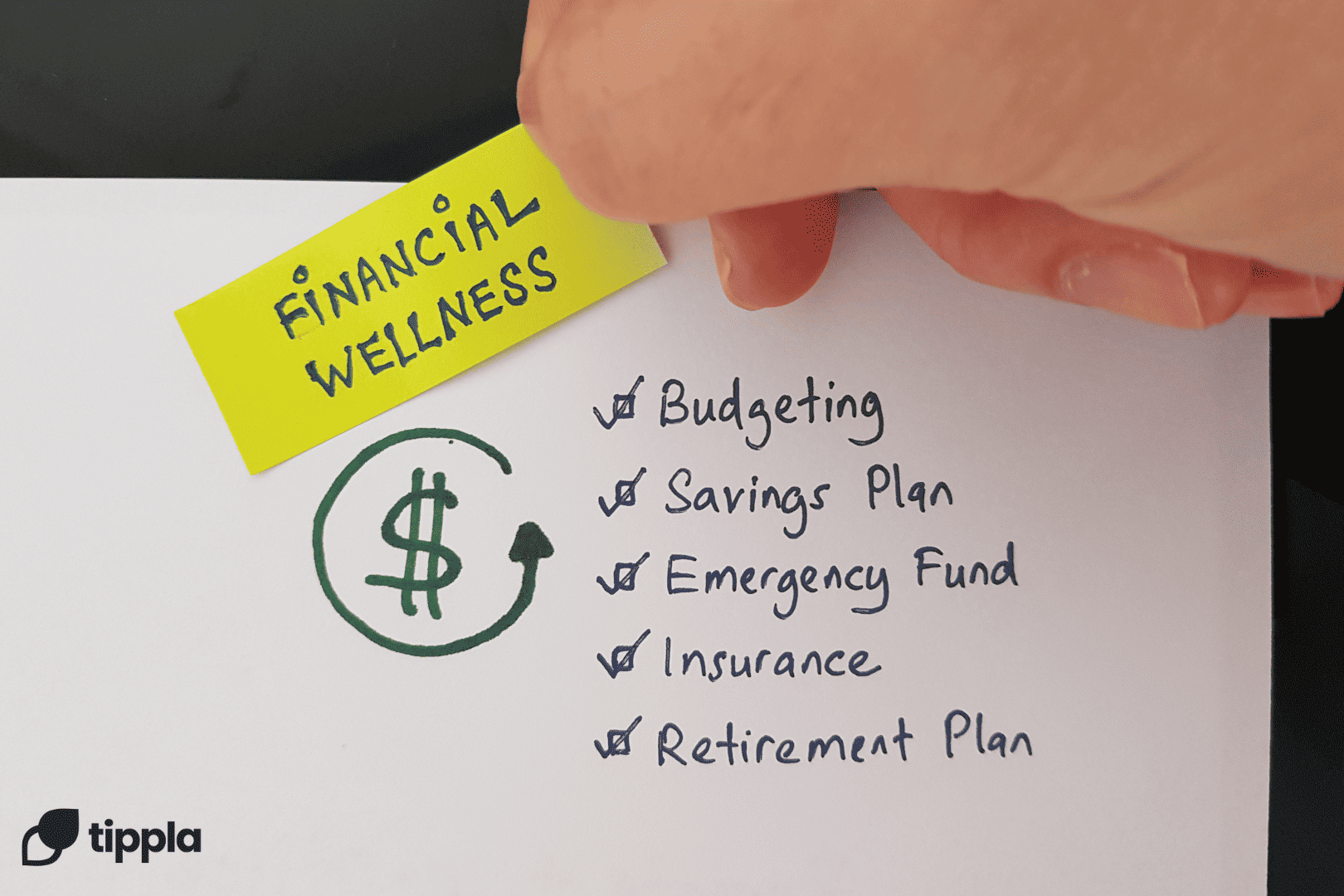Published in October 23, 2023
Credit Scores vs Credit Reports: Understanding the Difference in Australia

Understanding the nuances of credit scores and credit reports is essential, especially when it comes to managing your financial health. These two terms often get thrown around interchangeably, but they serve distinct purposes in evaluating your financial history and reliability.
In this article, we’ll demystify the key differences between credit scores and credit reports, equipping you with the knowledge to navigate your financial landscape more effectively.
What Is a Credit Score?
A credit score is a numerical representation of an individual’s creditworthiness. It condenses your entire credit history and financial behaviour into a single three-digit number, typically ranging from 0 to 1,000 or 1,200, depending on the credit reporting agency.
You can know more about the your different credit scores in the articles below:
How Credit Scores Are Calculated in Australia
The calculation of credit scores involves a complex algorithm that takes into account various factors from your credit report. While the specific formula may vary slightly between credit reporting agencies, some common elements include:
- Repayment History: Your track record of making payments on time is a significant factor. Consistently meeting your financial obligations positively impacts your credit score.
- Credit Utilisation: The ratio of your credit card balances to your credit limits can influence your score. Lower credit card balances relative to your limits are generally seen as favourable.
- Credit Mix: Having a diverse mix of credit types, such as credit cards, loans, and mortgages, can have a positive impact on your credit score.
- Credit History Length: The length of your credit history matters. Longer credit histories often result in higher scores.
- Recent Credit Applications: Frequent credit applications can be seen as a sign of financial stress and may have a negative impact.
- Negative Listings: Defaults, court judgments, and other negative entries in your credit report can significantly lower your credit score.
Now that we’ve explained credit scores, let’s move on to credit reports!
What Is a Credit Report?
Essentially, your credit report acts as a financial profile that outlines your past and current credit-related activities. This includes details about your credit accounts, payment history, defaults, court judgments, and public records. Lenders use this information to assess the risk associated with lending to you, helping them make informed decisions regarding whether to approve or deny your credit application.
How Credit Reporting Agencies Collect and Update Credit Information
Credit reporting agencies in Australia, also known as credit bureaus, are entities responsible for collecting and maintaining credit information on individuals and businesses. The three major credit reporting bodies in Australia are Equifax, Experian, and Illion. Their primary role is to gather data from various sources, including banks, credit card companies, utility providers, and even courts, and compile this information into credit reports for individuals and businesses.
These credit reports serve as comprehensive records of an individual’s or entity’s credit history and financial behaviour, providing valuable insights to lenders, credit providers, and other authorised parties.
Credit reporting agencies employ a systematic process to collect and update credit information:
- Data Collection: These agencies gather data from a wide range of sources, including financial institutions, credit providers, telecommunications companies, and public records. This data includes information about credit accounts, payment history, defaults, court judgments, and other relevant financial transactions.
- Data Consolidation: Once collected, the agencies consolidate this data into comprehensive credit reports. They organise the information in a structured format, making it easier for lenders and other parties to assess an individual’s creditworthiness.
- Regular Updates: Credit reporting agencies update credit reports regularly to ensure that the information remains accurate and up-to-date. This includes incorporating new data, such as recent credit inquiries and payment history, and removing obsolete information as it becomes irrelevant.
- Security Measures: Credit reporting agencies adhere to strict security protocols to protect the confidentiality and integrity of the data they manage. This is crucial to prevent data breaches and unauthorised access.
The Types of Information Included in a Credit Report
- Personal Information: Your credit report begins with personal details like your name, address, date of birth, and driver’s license number. Accuracy in this section is crucial to avoid any mix-ups with other individuals who share similar information.
- Credit Enquiries: This section lists inquiries made by lenders when you apply for credit. Multiple recent inquiries may raise concerns for potential lenders, as it could indicate financial stress or a high level of credit-seeking activity.
- Credit Accounts: Your credit report provides a detailed breakdown of your credit accounts, including credit cards, loans, mortgages, and utility accounts. It notes the type of credit, credit limit, and outstanding balance for each account.
- Repayment History: Your payment history is a crucial factor in your credit report. It shows whether you’ve made repayments on time or if you’ve had late payments or defaults.
- Defaults and Court Judgments: If you’ve defaulted on a loan or have court judgments against you for unpaid debts, these negative entries will be recorded on your credit report and can impact your creditworthiness.
- Public Records: Information about bankruptcy, insolvency, and other legal actions related to your finances may appear in this section.
The Process of Recording Positive and Negative Information in a Credit Report
Positive Information
Positive information on a credit report includes details about responsible financial behaviour. This can encompass:
- On-Time Payments: Timely payments of credit cards, loans, and bills are recorded as positive information, showcasing a borrower’s reliability in meeting financial obligations.
- Loans Repaid in Full: Successfully repaid loans, such as personal loans or mortgages, are noted positively, reflecting a borrower’s ability to manage and clear debt.
- Stable Credit History: Maintaining a stable and lengthy credit history without negative events can contribute to a positive credit report.
- Credit Diversity: A diverse mix of credit types, such as credit cards, car loans, and mortgages, can demonstrate responsible credit management.
Negative Information
Negative information, on the other hand, highlights financial missteps or challenges. This may include:
- Late Payments: Any late payments on credit accounts, bills, or loans are recorded as negative information.
- Defaults: Instances where a borrower fails to repay a debt as agreed, leading to a default, are noted on the credit report.
- Court Judgments: Court judgments against an individual due to unpaid debts or legal disputes may appear as negative information.
- Bankruptcies: If a person declares bankruptcy, it will be recorded as a significant negative event on their credit report.
- Credit Inquiries: Multiple credit inquiries in a short time can be seen as negative, as it may indicate a borrower is seeking credit frequently.
It’s important to note that negative information can remain on your credit report for several years, depending on the type of entry. For example, a default and a bankruptcy may be listed for five years.
How Can You Access Your Credit Report
In addition to accessing your credit report directly through the major credit reporting agencies, you can also access your credit report through credit monitoring services like Tippla.
DID YOU KNOW 💡With Tippla, you can see your scores from the two different reporting bureaus all in one place. Tippla’s technology regularly refreshes your report so you can stay on top of it. The best part? It’s totally free! Plus we also offer other features such as our spend tracker, customised loan offers, and credit school.
To access your credit report through Tippla, simply create an account and provide your personal information. Tippla will then retrieve your credit reports from the three major credit reporting agencies and provide them to you in a single, easy-to-read format.
Strategies for Monitoring Your Credit Report Regularly
Regularly monitoring your credit report is a proactive step in managing your financial health in Australia. Here are some strategies to help you do that:
- Set Reminders: Schedule regular reminders to check your credit report. This could be annually, semi-annually, or quarterly, depending on your preference.
- Use Credit Monitoring Services: Consider using credit monitoring services like that provide ongoing access to your credit report and alert you to any significant changes or inquiries.
- Review Your Report Thoroughly: When you access your report, review it carefully for accuracy. Ensure that all the information is correct and that there are no unauthorised or unfamiliar entries.
- Track Changes: Keep track of changes in your credit report over time. Positive changes, such as timely payments, can improve your credit score, while negative changes should be addressed promptly.
How Can You Maintain a Healthy Credit Profile?
Here are some tips for responsible credit management:
- Pay Bills on Time: Consistently make on-time payments for all your credit accounts, including credit cards, loans, and mortgages. Late payments can harm your credit score.
- Manage Credit Utilisation: Keep your credit card balances low relative to your credit limits. High credit card balances can negatively affect your credit score.
- Diversify Credit Types: Consider having a mix of credit types, such as credit cards, instalment loans, and mortgages. This diversity can positively influence your credit score.
- Limit Credit Applications: Avoid applying for multiple credit accounts within a short period, as it can lead to multiple inquiries, which may lower your credit score.
- Regularly Check Your Credit Report: Monitor your credit report for accuracy and address any errors promptly. You can obtain a free copy of your credit report once a year from each of the major credit reporting agencies.
- Budget and Plan: Create a budget to manage your finances effectively. Having a financial plan can help you meet your financial obligations and avoid overspending.
Conclusion
Maintaining a healthy credit profile is a vital aspect of managing your financial well-being in Australia. Responsible credit management, including making on-time payments, managing credit utilisation, and diversifying credit types, is essential for preserving a positive credit report and score. Addressing negative information through careful review and dispute resolution can help rectify inaccuracies and improve your creditworthiness. Regularly monitoring your credit report, whether through free annual checks or credit monitoring services like Tippla, empowers you to stay vigilant against errors, detect fraudulent activities, and make informed financial decisions.
By following these practices, you can take control of your financial future and ensure that your credit profile accurately reflects your responsible financial behaviour.
While we at Tippla will always do our best to provide you with the information you need to financially thrive, it’s important to note that we’re not debt counsellors, nor do we provide financial advice. Be sure to speak to your financial services professional before making any decisions.
Related articles

The Effects of Multiple Credit Enquiries on Your Credit Score
28/07/2023
Credit scores play a crucial role in determining an...

Can You Buy a House Without a Credit Score?
24/08/2021
Australia’s property market is hot right now, with lots...

How to get out of a car loan
28/07/2021
Sometimes buyers aren’t financially able to buy their vehicles...

Financial Planning for Millennials
24/02/2025
In today’s fast-paced world, young adults face unique financial...
Subscribe to our newsletter
Stay up to date with Tippla's financial blog